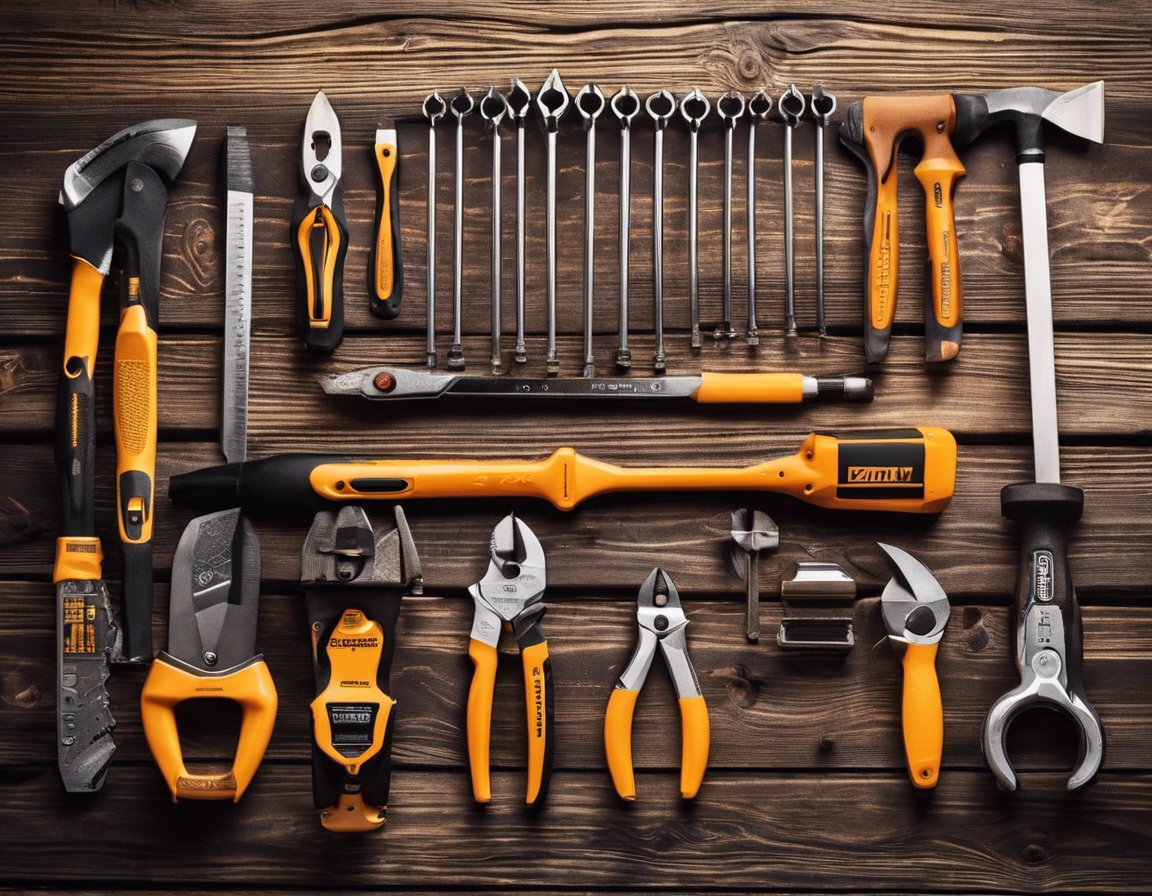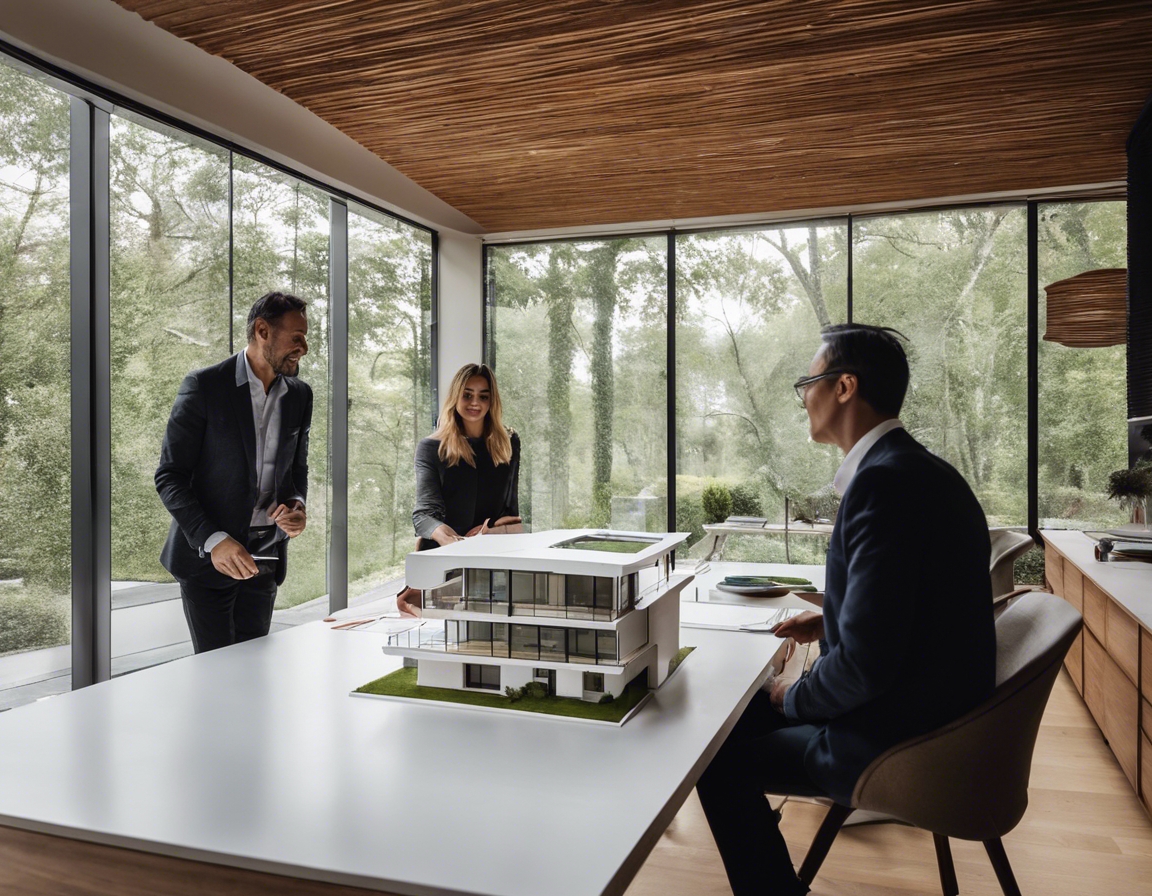The homeowner's guide to budgeting your dream house
Embarking on the journey to build your dream home is an exciting venture, but it requires careful financial planning. A solid budget is the cornerstone of any successful home construction project, ensuring that your vision becomes a reality without compromising your financial stability.
Before diving into numbers, it's crucial to set realistic goals that align with your financial capabilities and lifestyle aspirations. This means considering the size, location, and features of your dream home in the context of what you can truly afford.
Establishing Your Budget
An honest assessment of your financial health is the first step in establishing a budget for your dream house. This includes reviewing your income, savings, debts, and credit score to determine how much you can comfortably allocate towards your home.
The total cost of homeownership extends beyond the price tag of the property. It encompasses land costs, construction expenses, design fees, furniture, landscaping, and ongoing maintenance. Accurately calculating these costs is essential for a comprehensive budget.
Allocating funds for construction and design is a delicate balance between your desires and your budget. It's important to prioritize the elements that are most important to you while being prepared to compromise on others to stay within budget.
Cost-Saving Strategies
The location of your property can significantly impact the overall cost. Opting for a less expensive area or a plot of land that requires minimal preparation can lead to substantial savings.
Investing in sustainable building materials might have a higher upfront cost, but they can provide long-term savings through durability and energy efficiency. This aligns with the values of our environmentally conscious audience.
Energy-efficient solutions such as solar panels, high-quality insulation, and smart home technologies not only reduce your carbon footprint but also lower your utility bills, contributing to significant savings over time.
Financing Your Dream Home
Understanding the various mortgage options available to you is crucial. This includes fixed-rate mortgages, adjustable-rate mortgages, and government-backed loans, each with its own set of pros and cons.
Interest rates and loan terms can greatly affect your monthly payments and the total cost of your loan. It's important to shop around and negotiate the best terms possible.
Alternative financing solutions such as home equity loans, personal loans, or even crowdfunding could be considered, especially if traditional mortgage options are not viable for you.
Working with Professionals
Finding a trustworthy contractor is paramount. They should have a solid track record, excellent references, and an understanding of your vision and budget.
Architects and designers play a critical role in bringing your dream home to life while ensuring that the project stays within budget. Their expertise can also help in making cost-effective decisions.
Navigating the maze of permits and regulations is a complex task that professionals can handle more efficiently, preventing costly mistakes and delays.
Planning for the Unexpected
Unexpected costs are a reality in home construction. Creating a contingency fund can provide a financial cushion to deal with unforeseen expenses without derailing your project.
Construction delays and cost overruns are common. Having a plan to manage these challenges, including a flexible timeline and budget, can help mitigate stress and financial strain.





Kommentaarid (0)